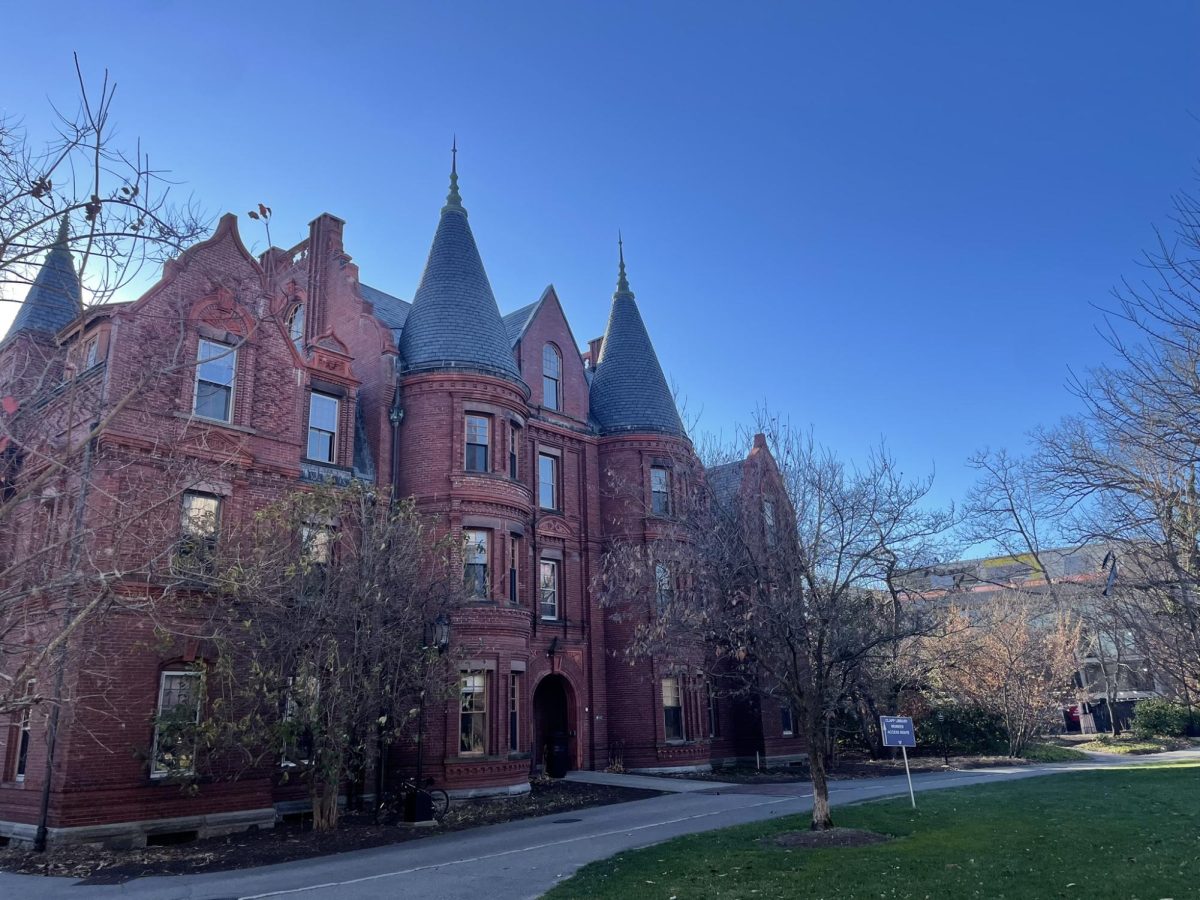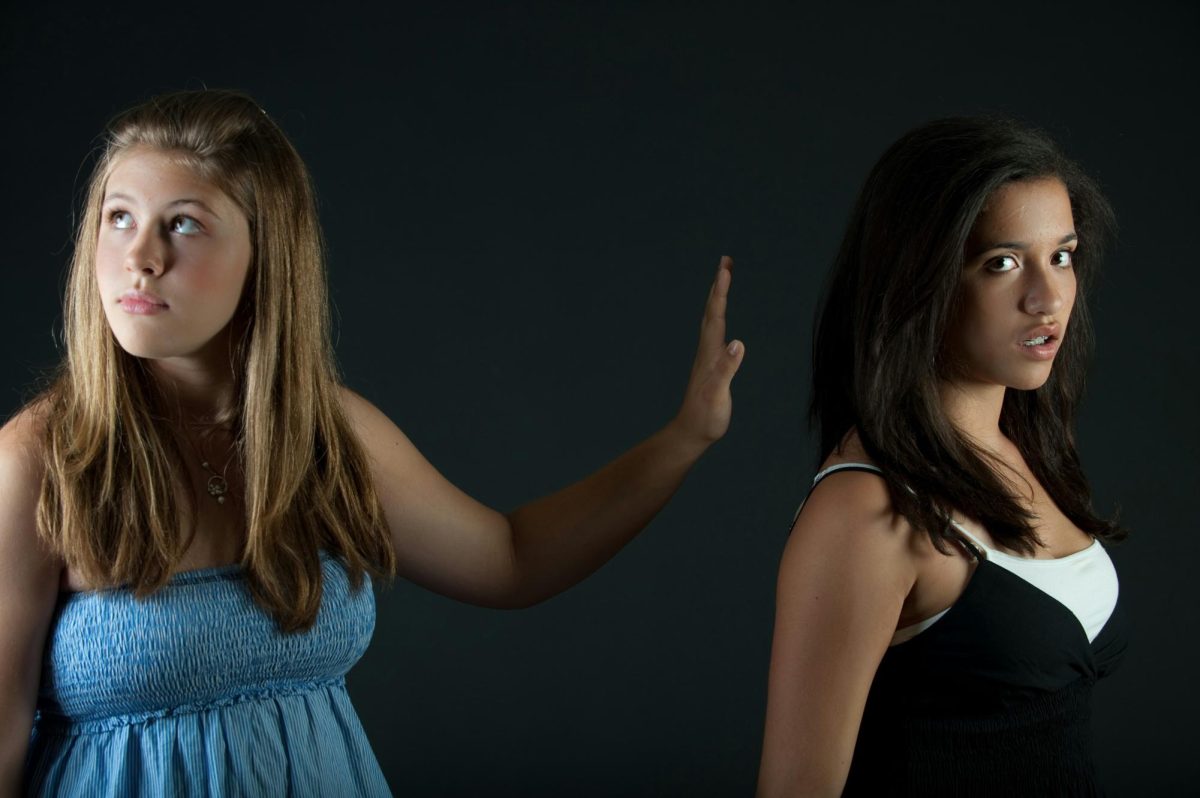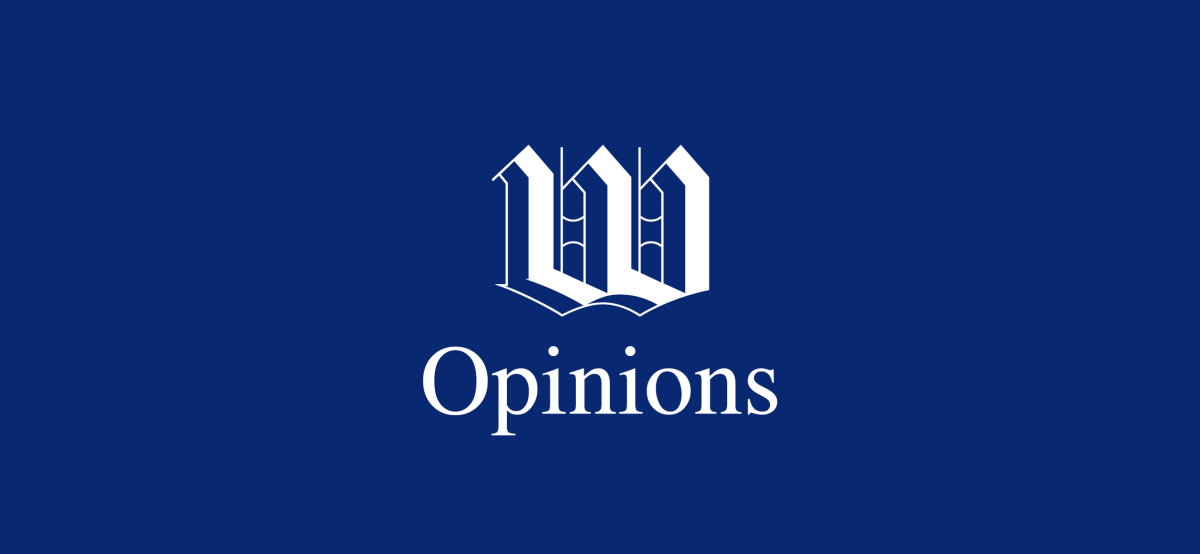It seems as if sexual discrimination is one of the contexts in which blatant racism is still considered acceptable. Cloaked in the phrases “preferences” or “types” racial biases are often excused when it comes to dating and intimate relationships. Although it makes sense to be inherently drawn to a certain look, if out of a billion minorities, none are attractive to you, it may be more about internalized racism rather than actual attraction.
Although, we have little control over to whom we are attracted, our societal upbringing inherently affects our preferences. Beauty standards prevail and affect who we view as beautiful, and thus, who we might view as attractive. If our movie stars and models are all white and constantly hailed as the epitome of beauty, it is seemingly obvious that individuals would translate that to finding white people and features as particularly beautiful. Even among minorities, there is an emphasis on looking as Caucasian as possible. Darker skinned minorities are often looked down upon within their own culture.
Certainly, it’s not uncommon that people choose to date or mate people that look like them — both on paper and in features. Using census data from 1960 through 2005, a University of Pennsylvania team of economists, including Jeremy Greenwood, tracked patterns in marriage and determined that people tended to marry people that were like them; this is also known as assortative mating. In 2013, psychologists at the Royal Holloway University found that people trust people that look like them.
However, racial bias is clear across several different studies and within our personal interactions as well. In his book “Dataclysm,” Christian Rudder, co-founder of OkCupid stated that, “There is kind of a systemic racial bias pretty much in every dating site I’ve ever looked at. We found that 82 percent of non-black men have some bias against black women… And Asian men get the fewest messages and the worst ratings of any group of guys.”
There are other troubling cultural forces at work in terms of the dating and sex life of minorities. Minorities are often fetishized. Examples include “yellow fever” or “jungle fever”. While it may seem positive to be sexually desired, it objectifies minorities and places them firmly in the “other” category. Calling an attraction to an Asian woman “yellow fever” reinforces the norm, however, that White women should be the gold standard.
Popular culture around racism also reflects socioeconomic biases. John Tierney of the New York Times investigated racial biases and preferences in dating. Holding other factors constant, an Asian man would have to outearn a Caucasian by $247,000 and an African-American suitor by $220,000 to be considered comparable dating material. It’s worth noting that when New York University neurologists presented Blacks as college-educated and middle class in a 2016 Implicit Association Test, racial biases also were less obvious, suggesting that people use race as a marker of class.
While each of us can argue that dating across the sexuality spectrum is a matter of preferences, discriminating our dating pool to specific races is at best, prejudicial. As Dorothy Roberts asserts in “Fatal Invention,” race is a political construct — not a biological one. Being simply not attracted to Black people is euphemism for racist mentalities, often derived from societal influences or false attributions. So, whether you are on Tinder or Coffee Meets Bagel, think twice before swiping left or passing on every Asian you see. It may be your unconscious, implicit biases in play.
Photo courtesy of Bet




